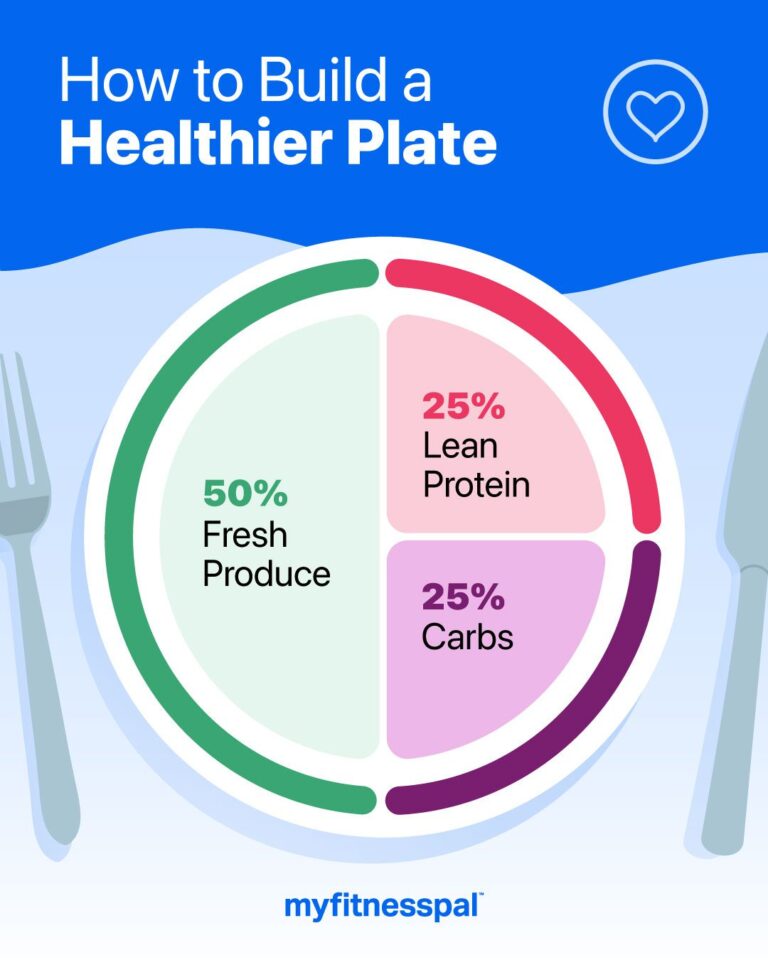
A tummy tuck surgery, sometimes referred to as an abdominoplasty, is the treatment if you want to reduce your waist size and improve your quality of life.
With this widely used technique, you can have the toned, flat tummy you’ve always wanted that tightens your abdominal muscles and removes extra skin and fat. But what exactly is a tummy tuck, and is it something you should get? You may learn what to anticipate before, during, and following tummy tuck surgery from this guide.
Before Procedure: Deciding Candidature and Searching for the right tummy Tuck surgeon
You should know what to anticipate before choosing to have a tummy tuck. It is crucial to select the best tummy tuck surgeon in Sydney to execute the procedure to ensure that you make the proper choice –
- Understanding: Tummy Tuck: Tummy tuck can remove extra skin and fat from the abdomen and tighten the abdominal muscles. It uses skin redraping procedures with precise incisions to give your stomach a taut, younger-looking appearance. Depending on the patient’s desired cosmetic outcome and the type of tummy tuck that best suits them, different options are available.
- Ideal candidate for the procedure: You should be in good general health but have loose, extra skin around your abdomen if you think you might benefit from a tummy tuck surgery. It’s also possible that your abdominal muscles are badly weakened or divided. You have to be smoke-free for several weeks before and after surgery or be ready to quit.
- Finding the right surgeon for tummy tuck surgery: Searching for the best tummy tuck surgeon in Sydney can be a daunting process. Don’t rush the procedure; tummy tuck surgery can be a wonderful, fulfilling, and even life-changing process. Experienced tummy tuck surgeons understand this and won’t push you to decide or proceed with an operation before you’re ready.
- Tummy tuck procedure cost: The overall price of a tummy tuck surgery might cover additional costs like appointments, medical tests, anaesthesia, medications, and aftercare like compression garments. In addition to their tummy tuck surgery, some patients may decide to have breast augmentation or liposuction done simultaneously. The total surgery cost will increase as a result of these extra procedures.
During surgery: How does tummy tuck work and what to expect?
During tummy tuck surgeries, a general anaesthetic is used. Your physician will create incisions around your pubic bone and belly button during the operation. After that, they will tighten those muscles, reveal the muscles underneath, cut away extra fat, and then remove extra skin. Lastly, the incisions will be closed with sutures. After two to four hours of operation, you will be brought to the recovery area.
What happens during tummy tuck surgery?
- Anaesthetic: You will be given a general anaesthetic before the start of the surgery.
- Incision: Your surgeon will make the required incisions after putting you under anaesthesia.
- Belly button repositioning: Repositioning your belly button can help your surgeon make you look more natural following surgery.
- Closure: The surgeon will use sutures or other methods to close the incisions.
- Recovery: You’ll be brought to a recovery room, where you’ll be closely watched as you come out of anaesthesia.
After surgery: Recovery and Results
Every patient recovers from a tummy tuck differently. For most people, though, it takes roughly six to eight weeks. You need to get lots of rest throughout the first two weeks. Having a nice and soothing space to recover after tummy tuck surgery might also be beneficial.
- Timeline to recover from a tummy tuck – After a tummy tuck, bed rest is usually needed for a week, as it requires 4-5 weeks for recovery. If you feel comfortable, you can walk around your house or yard after three days of complete bed rest. If standing causes you to feel dizzy, get back down and eat something small before trying to move once again.
Concluding Thoughts
A tummy tuck can be a life-changing procedure, helping you achieve a smoother, firmer abdomen and boost your self-confidence. However, it’s crucial to have realistic expectations and carefully follow your surgeon’s instructions before, during, and after the surgery to ensure a safe and successful outcome.




